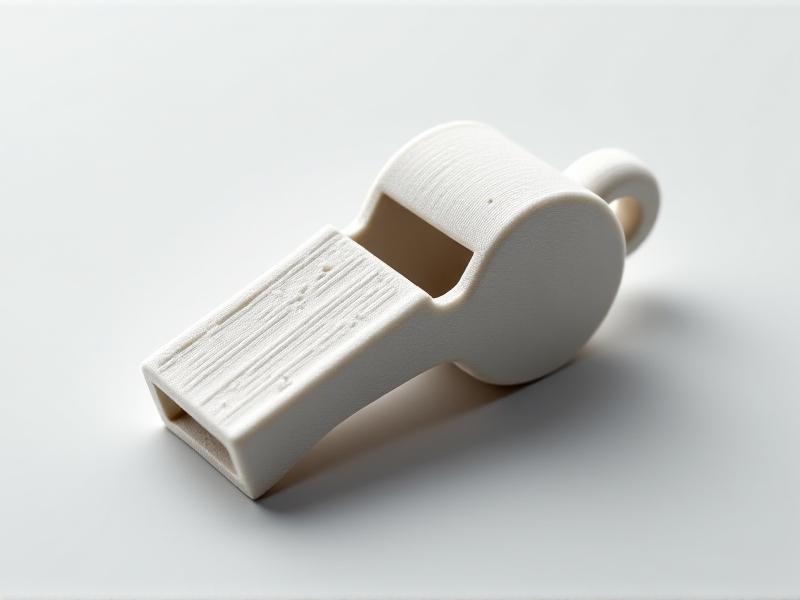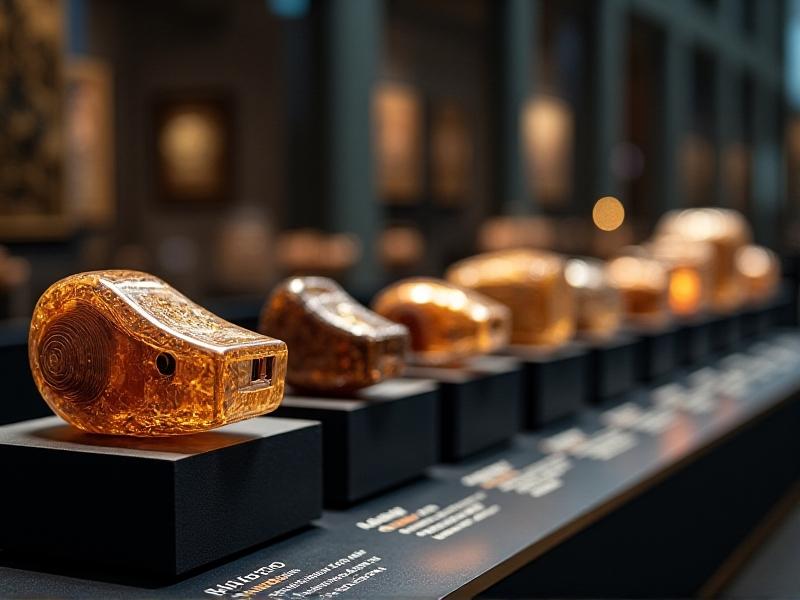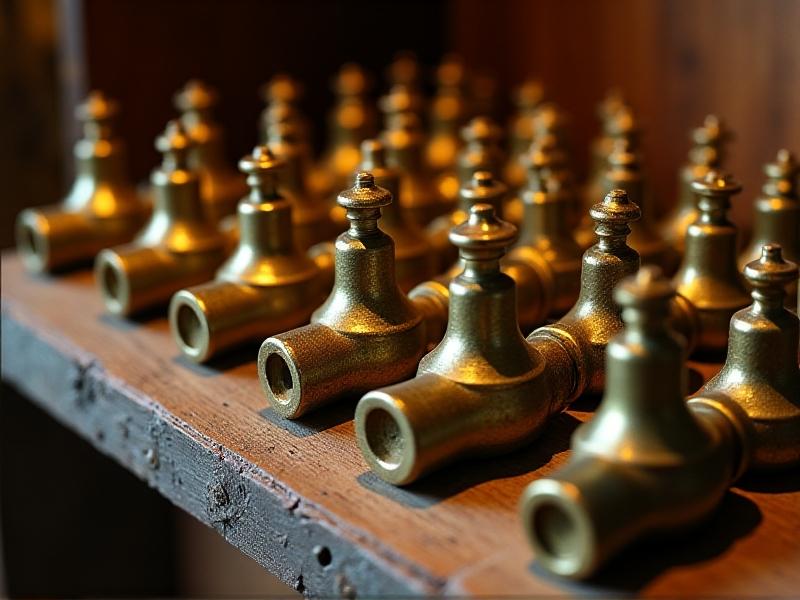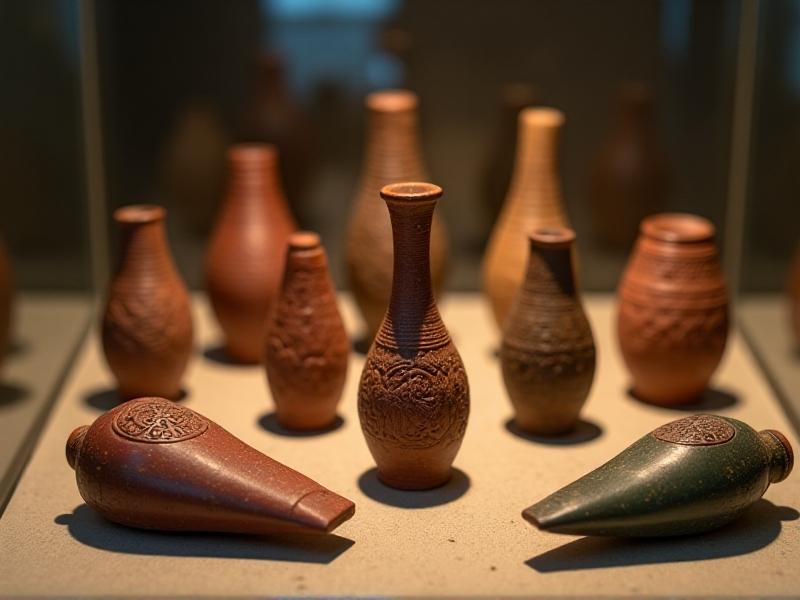Whistle Durability and Tone Improvement Using Advanced Materials
The Evolution of Whistle Materials: From Traditional to Advanced
Used for ages, whistles have developed from basic wooden shapes to complex instruments created from many different materials. Traditional whistles were often crafted from wood, bone, or metal, each offering unique acoustic properties. However, as the demands for durability and tone quality increased, manufacturers began exploring advanced materials. Whistles today are fashioned from high-performance plastics, composites, and even specific alloys, each selected for their capacity to improve sound and resist wear and tear.
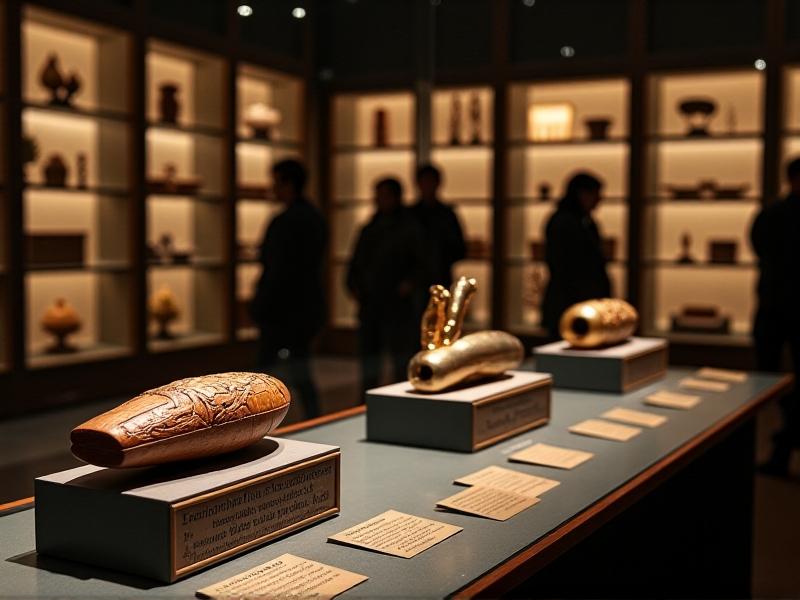
The Role of Material Science in Whistle Design
Material science plays a pivotal role in the development of modern whistles. By understanding the properties of different materials, engineers can design whistles that produce clearer, more consistent tones while being resistant to environmental factors like moisture and temperature changes. For instance, polymers such as ABS plastic are favored for their lightweight and durability, while titanium alloys are prized for their strength and resonance. The choice of material directly impacts the whistle's performance, making it a critical consideration in the design process.

Advanced Polymers: Lightweight and Durable Solutions
Advanced polymers have revolutionized whistle manufacturing by offering a combination of lightweight construction and exceptional durability. Materials like polycarbonate and acetal resin are commonly used in high-end whistles due to their resistance to impact and ability to produce sharp, penetrating tones. These polymers can be molded into intricate shapes, allowing for precise tuning of the whistle's sound. Additionally, their resistance to corrosion and UV degradation ensures that the whistle remains functional even in harsh conditions.
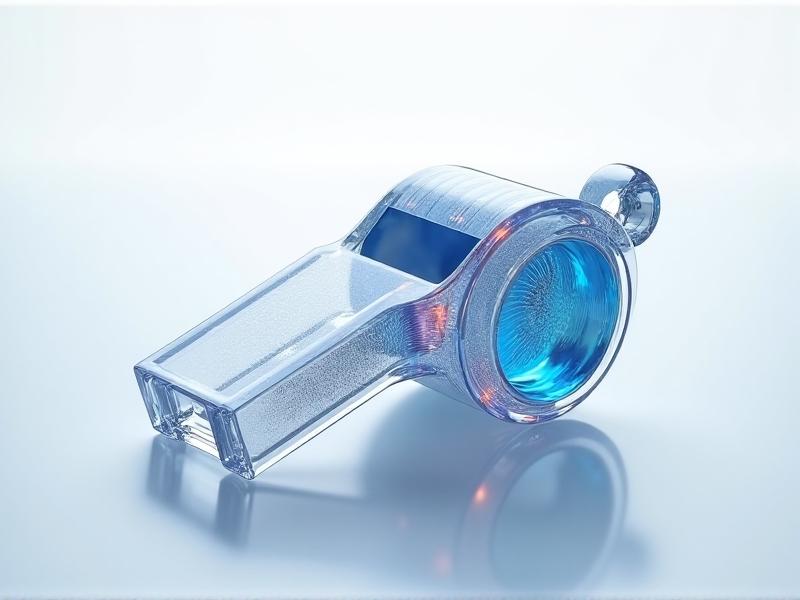
Metal Alloys: Enhancing Tone and Longevity
Metal alloys such as brass, stainless steel, and titanium are widely used in whistle production for their superior acoustic properties and longevity. Brass whistles, for example, are known for their warm, rich tones, while stainless steel offers excellent corrosion resistance. Titanium, though more expensive, is increasingly popular for its lightweight nature and ability to produce clear, high-pitched sounds. These materials are often used in professional-grade whistles, where tone quality and durability are paramount.
Composite Materials: The Best of Both Worlds
Composite materials combine the benefits of polymers and metals, offering a balanced approach to whistle design. For instance, a whistle might feature a polymer body for lightweight durability and a metal insert for enhanced tone quality. In sports and safety whistles, where both performance and dependability are crucial, these hybrids are especially well-liked. By leveraging the strengths of multiple materials, manufacturers can create whistles that excel in both durability and sound quality.
Acoustic Engineering: Optimizing Whistle Tone
Acoustic engineering is a critical aspect of whistle design, focusing on optimizing the instrument's tone and projection. The shape, size, and material of the whistle all influence its sound. For example, a whistle with a larger air chamber will produce a deeper tone, while a smaller chamber results in a higher pitch. Advanced materials allow for greater precision in these designs, enabling engineers to fine-tune the whistle's acoustic properties for specific applications, such as sports officiating or emergency signaling.
Environmental Considerations: Sustainable Whistle Materials
As sustainability becomes a growing concern, manufacturers are exploring eco-friendly materials for whistle production. Whistles that are both high-performing and environmentally friendly are being made from biodegradable polymers, repurposed metals, and even bamboo. These materials not only reduce the environmental impact but also appeal to consumers who prioritize sustainability. By adopting green practices, the whistle industry is contributing to a more sustainable future.
Testing and Quality Assurance: Ensuring Durability and Performance
Rigorous testing and quality assurance are essential to ensure that whistles meet the highest standards of durability and performance. Manufacturers subject their products to a variety of tests, including impact resistance, temperature tolerance, and acoustic consistency. These tests help identify any potential weaknesses and ensure that the whistle will perform reliably in real-world conditions. By prioritizing quality assurance, manufacturers can build trust with their customers and deliver products that stand the test of time.
Future Trends: Innovations in Whistle Materials and Design
The future of whistle design is poised for exciting innovations, with new materials and technologies on the horizon. Smart materials that can change properties in response to environmental conditions, 3D printing for custom designs, and nanotechnology for enhanced durability are just a few of the possibilities. These advancements promise to push the boundaries of what whistles can achieve, offering even greater durability, tone quality, and functionality. As the industry continues to evolve, we can expect to see whistles that are not only more effective but also more versatile and user-friendly.
